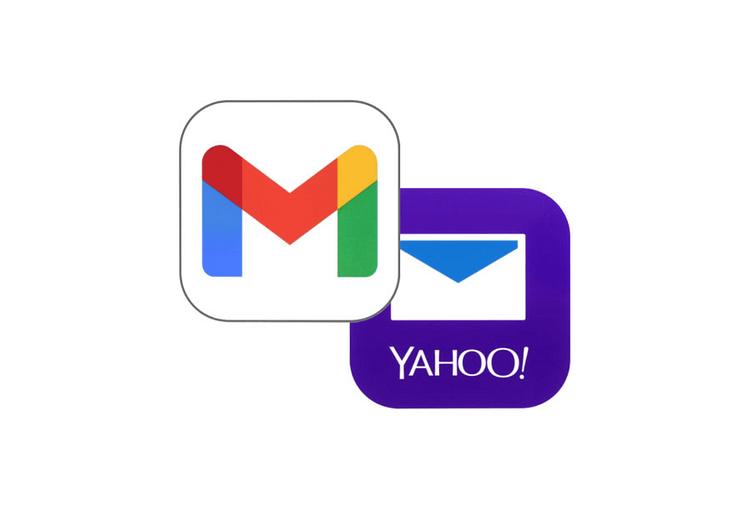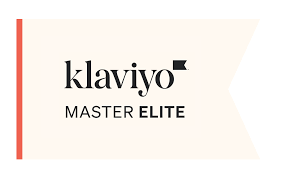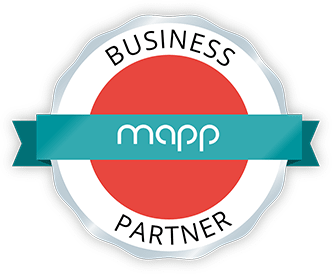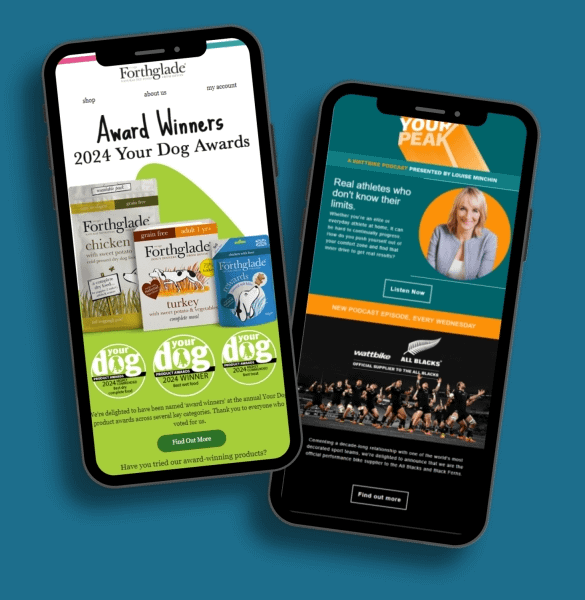Get ready for Google and Yahoo's new sender requirements
New sender requirements are coming in February 2024. Follow our guide to make sure your marketing emails continue to reach your customers’ inboxes.
So, what's happening?
From February 2024, both Gmail and Yahoo are implementing some changes that will require a bit work to ensure that your emails continue to reach your customers’ inboxes.
These changes will affect anyone who sends more than 5,000 emails per day to Google email addresses per day – and that includes transactional emails, so there is a high likelihood that your business will be affected by this.
Engaged sending: This is a threshold for spam that will be enforced. Once you hit that threshold, your deliverability is going to be seriously affected.
Domain authentication: Brands will need to ensure that they authenticate their domain to establish reputation and credibility as a genuine sender.
One-click unsubscribing: All your emails must provides a clear and simple one-click unsubscribe option.

What should you do first?
Use your own domain in your ‘from’ address
Do not use @gmail or @yahoo from addresses. If you are using @gmail.com or @yahoo in the “from” address of your emails, change this as soon as possible to a website domain you own. Do this before you complete the rest of the steps in this checklist.
If you don’t already have one, set up a dedicated sending domain
A branded dedicated sending domain will give you better control over your sender reputation and are a requirement for bulk senders who regularly email Google and Yahoo recipients starting in February. For the first 2-4 weeks after enabling a dedicated sending domain, we recommend a gentle warm up of your email sending, to build up the reputation of your new domain. Talk to us about how we would do this.
DNS changes needed:
DMARC authentication.
DNS changes needed: DMARC authentication.
DMARC (Domain-based Message Authentication Reporting and Conformance) is an important part of email security.
A DMARC policy determines what happens to an email after it is checked against SPF and DKIM records. An email either passes or fails SPF and DKIM. The DMARC policy determines if failure results in the email being marked as spam, getting blocked, or being delivered to its intended recipient.
Brands use DMARC policies to protect the domain in their sender email address from unauthorised use by people who may be impersonating their domain such as scammers.
From February you will need to ensure that DMARC authentication is set, if you want to ensure that your emails are delivered.
DMARC authentication is typically set up in your DNS provider. We recommend configuring your DMARC policy to at least p=none on your root domain. This is not something that PAASE is able to do for you, so please contact the person who manages your company DNS.
Google has specific guidelines to follow which can be found by clicking here.
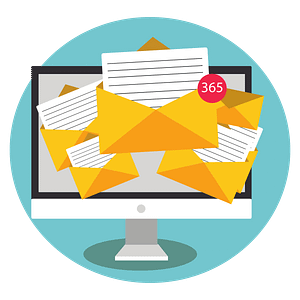
One click unsubscribing.
Every marketing email you send should already have an unsubscribe link, under GDPR rules. Now you need to simplify that process further.
From February, it will be a requirement that you provide a single step process for unsubscribing from your emails. If it is identified that this is not the case, your emails may be marked as spam. There are two changes you will need to make:
1. Your marketing emails must include a method to unsubscribe in just one step (you should not request users to enter their email address to confirm their decision)
2. There must also be an unsubscribe link in the message body of the email (though this one is not required to be a single-step opt-out)
Good news for Klaviyo users
Klaviyo will implement a “list unsubscribe header”—instructions to Gmail and Yahoo to provide an unsubscribe link at the top of the email – beginning before February 1, 2024.
This will satisfy the “one click to unsubscribe” requirement, automatically apply to all marketing emails built in Klaviyo, and brands won’t need to configure anything.
Get started
These changes do not take effect until February 2024, but we recommend starting to prepare for this now
In theory, these changes should make it easier for email service providers to identify your emails as legitimate, and therefore should improve your sending reputation and deliverability if you are prepared and follow the new guidance.
Need a bit more help or advice with these changes, or your email marketing in general? Get in touch.
Useful links
If you’re using Klaviyo, take a look at the guide here.
If you’re using Dot Digital, take a look at the guide here.
If you’re keen to understand more take a look at Gmail’s help guide here.
